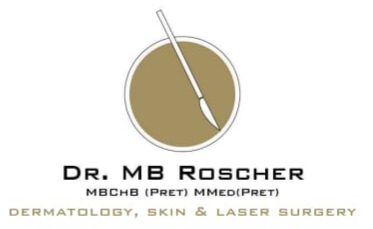Very effective treatments to remove red birthmarks, veins and other vascular lesions. Blemishes and general ageing of the skin due to sun damage. Respond very well to give a clear complexion.
Sclerotherapy is an appropriate treatment of small- to medium-sized reticular veins that feed spider veins, or small varicose veins that remain after the endovenous laser treatment of reflux in the large saphenous veins. Occasional patients will also have perforator veins (connection between the deep and superficial veins) that are causing a skin ulcer. These are also well-treated with injection sclerotherapy.
Either visually or with ultrasound guidance, a tiny needle is used to inject foamed sclerosant into the vein. The lining of the vein then swells and eventually seals shut. The vein will usually fade in a few weeks. As with laser treatment, this procedure may take three to five treatment sessions. Staining, or brown discoloration on the skin, is a possible side effect to sclerotherapy and may take six months or longer to fade.
While traditional varicose vein surgery is a “blind procedure,†meaning that surgeons cannot always see the vein or confirm removal, The TriVex System’s unique illumination feature allows the surgeon to quickly and accurately target and remove the vein and then visually confirm its complete extraction. This new process makes varicose vein removal more effective, complete and less traumatic for patients, by reducing the number of incisions required to perform the procedure and the duration of the surgery.
Studies suggest that this method not only reduces the pain associated with varicose vein removal but also reduces the potential post-operative infection.
The procedure is performed on an outpatient basis and usually takes less than an hour. In one study comparing results from minimally-invasive surgery to those obtained with the older technique of hook phlebectomy, the minimally-invasive procedure cut operating time in half, reduced the number of incisions by 50 to 75 percent, required less anesthesia and caused less post-operative pain than the older sugery.
Surface Laser Treatment:
Surface laser treatment is used to eradicate spider veins. The laser beam is externally pointed at the veins to be treated, and the laser light energy is used to close the veins.
Skin pigmentation can impact the effectiveness of any laser, therefore the patient should have no sun exposure four weeks prior to treatment to guard against blistering and scarring.
